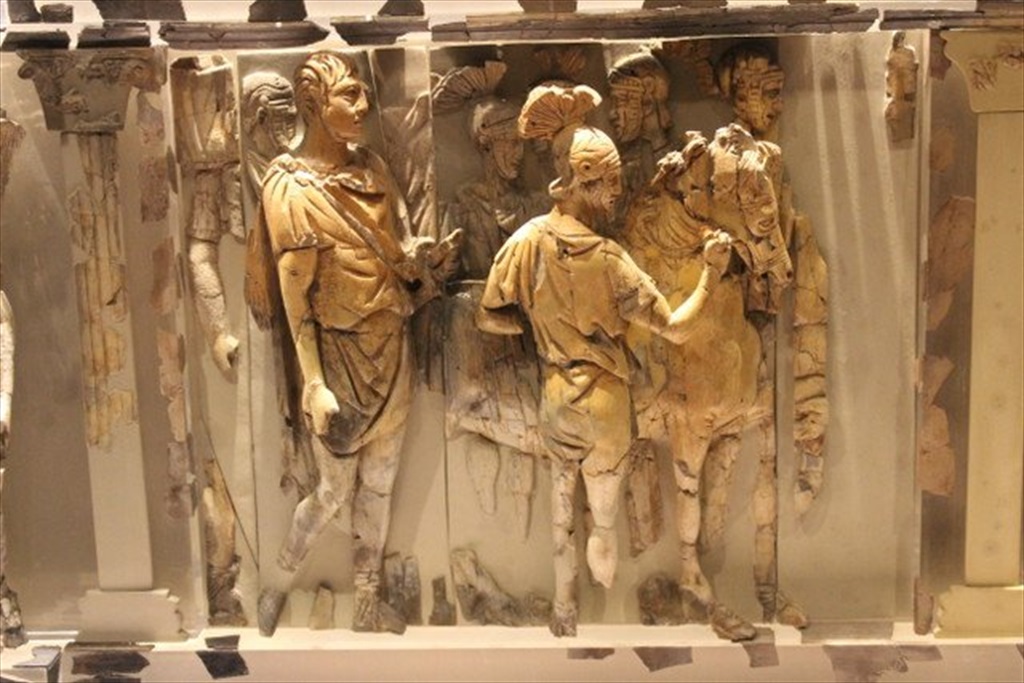Selcuk Ephesus Museum
The museum, which was established in 1929 as a warehouse in order to store the artifacts unearthed as a result of excavations that started in the 19th century in the Selçuk Ephesus Ancient City, was expanded in 1964 with the construction of a new section. Ephesus Museum became what it is today with exhibition changes and new additions in the following years. In the museum, finds from the prehistoric periods found in Ephesus and its immediate surroundings and important artifacts from the Mycenaean, Archaic, Classical, Hellenistic, Roman, Byzantine, Seljuk and Ottoman periods are exhibited. Two world-famous sculptures of Ephesus Artemis are also in this museum. The excavations in the ancient city of Ephesus from 1895 to the present day are being carried out by Assoc. Prof. Sabine Ladstatter, the Director of the Austrian Archeology Institute and the head of the Ephesus Ancient City excavation. The history of the city, which is thought to be the same place as Apasas, a city of the Kingdom of Arzawa in Hittite sources, goes back to the 5th millennium BC. The most important characteristic of Ephesus is that it is an important port city. In addition, Ephesus developed as an important political and commercial center of its period with its geographical location. During the Roman period, it was considered the capital of Asia Minor. The artifacts unearthed at the excavation site also bear the traces of Roman domination in the Eastern Mediterranean.
















Comments
No comment left, would you like to comment?